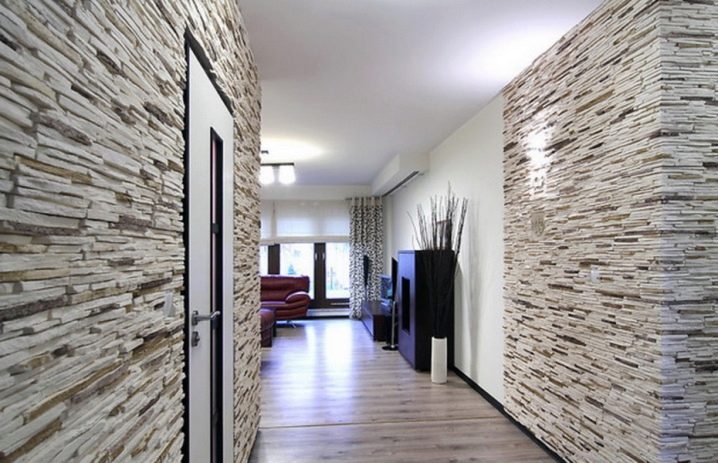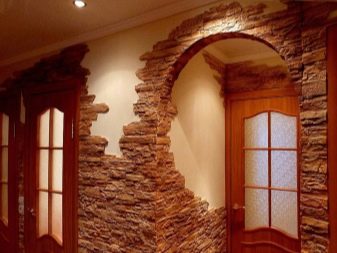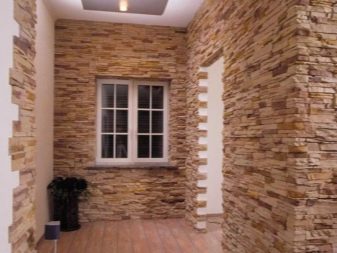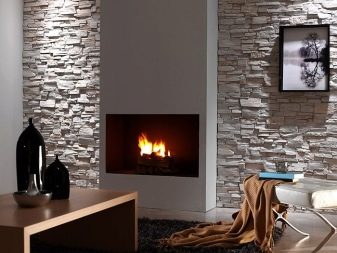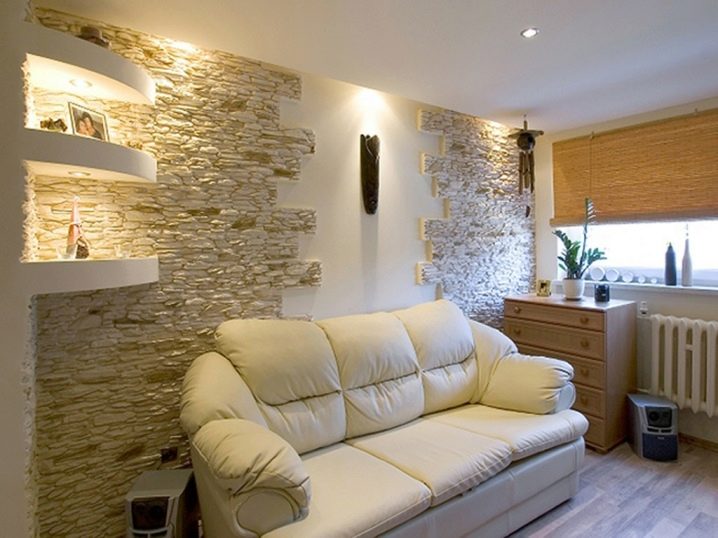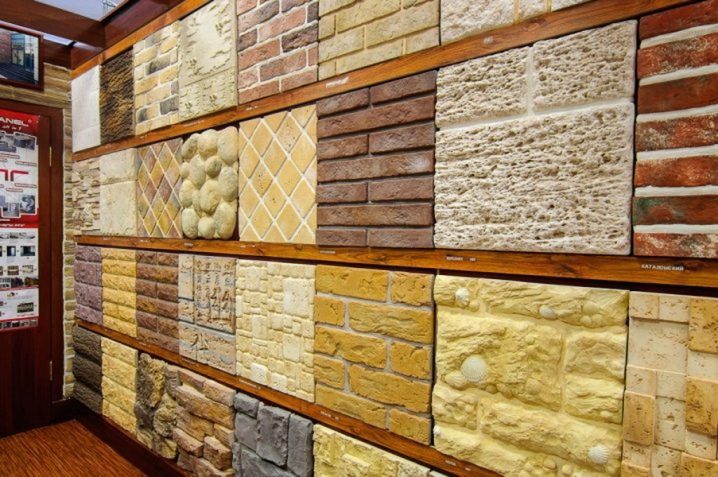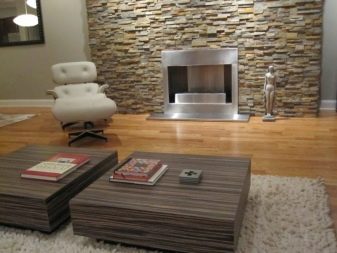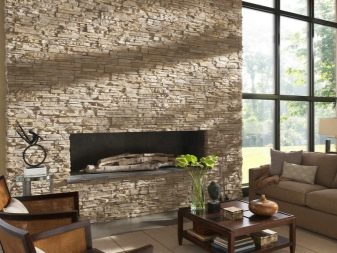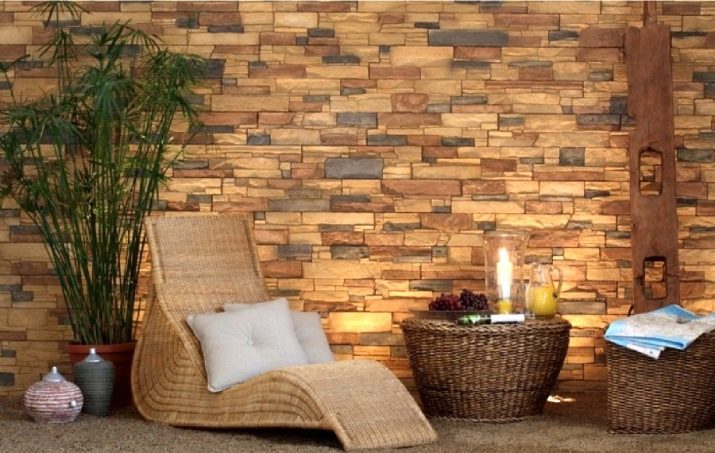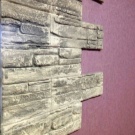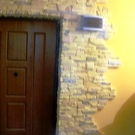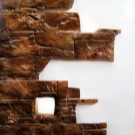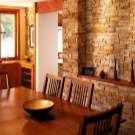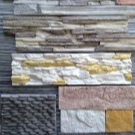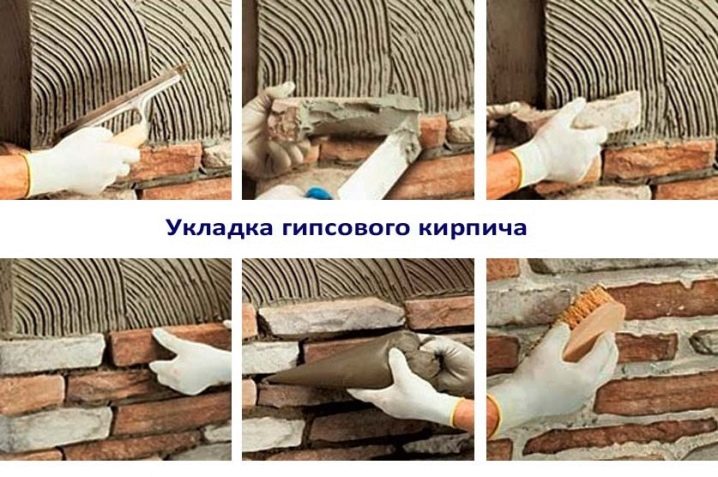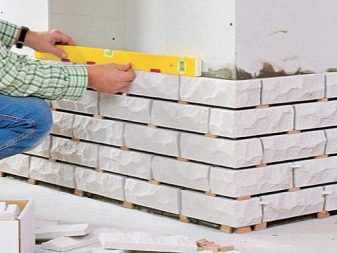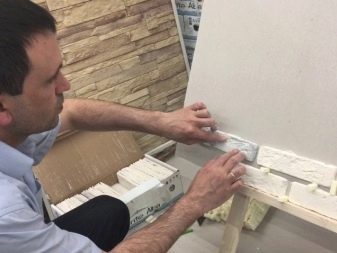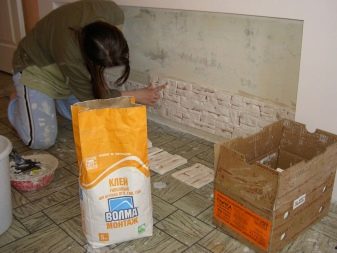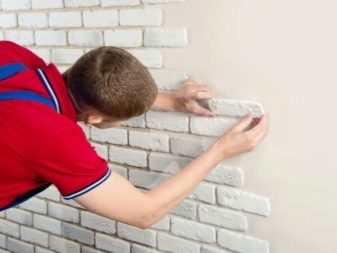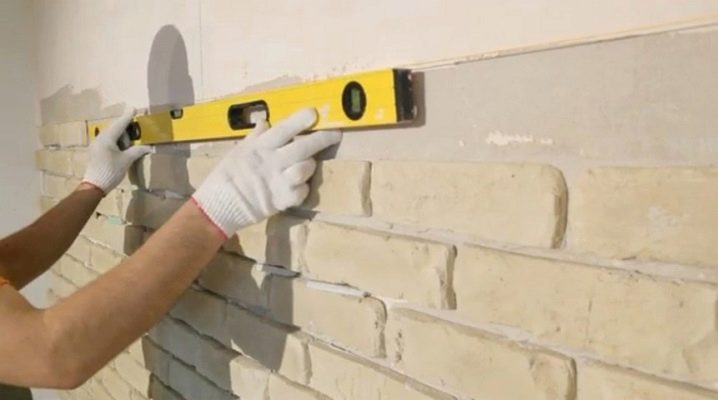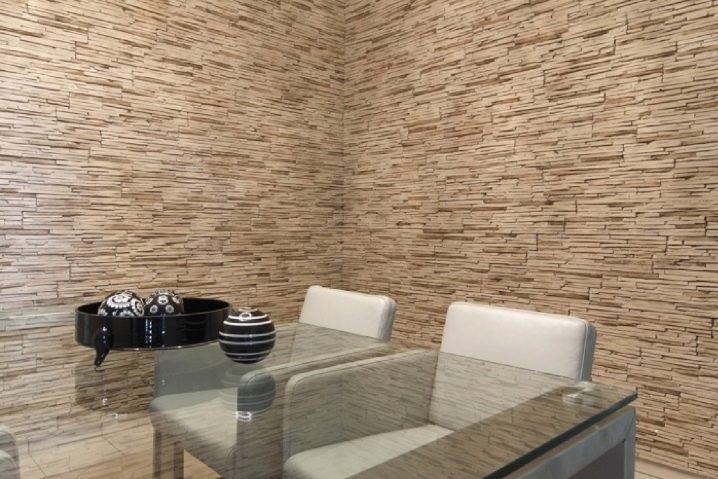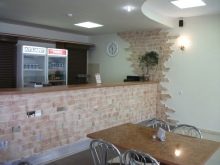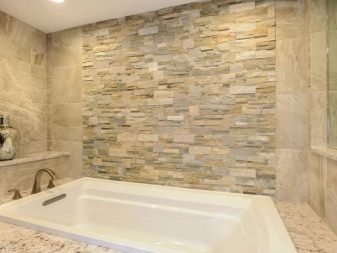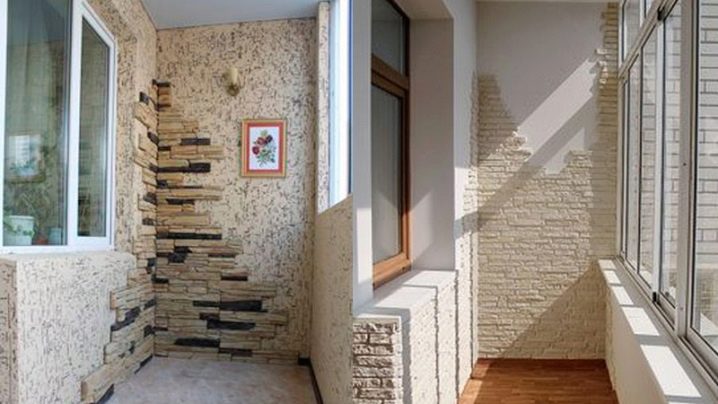Gypsum stone for interior decoration: features of use and advantages
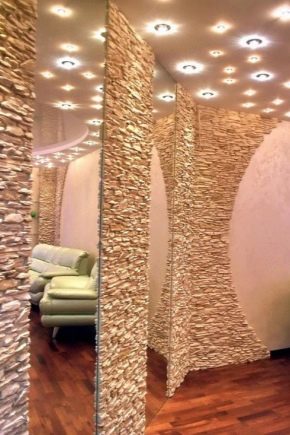
Among the wide variety of existing building materials for interior decoration, many increasingly prefer stone. Especially if it is required by the chosen interior style. But natural stone is an expensive material, its use is not always justified. Therefore, it is sometimes replaced by a cheaper counterpart that can decorate any room: plaster stone for interior decoration. Features of use and advantages of this type of material attract many consumers in the market of building products.
Specifications
If we compare the natural stone and plaster, we can note a number of preferential characteristics. Outwardly, it is almost impossible to distinguish a natural version from an artificial one; But for the interior decoration of the apartment, the decorative material is also convenient because it is much lighter than the natural counterpart. This means that installation is much easier. The load on the wall is small, and accordingly, the material will hold better.
Facing stone can be made by hand. To reduce the cost of material processing, you can initially make a stone with a smooth surface.
Gypsum stone is more resistant to adverse effects than its natural counterpart. It is convenient to wash artificial material, besides it is steady against pollution. A diverse color palette allows you to choose the best option for finishing.
In order to create such a finishing material with your own hands, it is necessary to use anhydride, gypsum, water and the necessary form. It is best to use a silicone base for these purposes, it is more malleable and plastic, and therefore the finished stone looks more natural. But along with the silicone form they use metal, wooden, plastic containers.However, this process is laborious and time consuming. Therefore, it is more familiar and more convenient to use ready-made stone.
Advantages and disadvantages
When using these or other decorative materials, their advantages and disadvantages are always revealed. This is evidenced by reviews of consumers who have already used these finishing options. If we talk about gypsum stone, then the buyers are mostly satisfied with the technical and decorative features of this material.
The advantages include the following characteristics:
- light weight of the tile, which allows you to mount it on any surface;
- ease of installation, which does not require special skills, and absolutely anyone using this material can make repairs with their own hands;
- The composition of the material contains environmentally friendly components, which makes safe the use of gypsum stone;
- a large range allows you to choose the right color and texture, which does not limit the choice of design solutions;
- tile is affordable, which varies from 380 to 800 rubles per square meter;
- tiles made of plaster retain heat well, do not allow noise and are not fire hazardous materials.
The disadvantages are much smaller.
- When laying tiles in rooms with high humidity requires additional surface treatment and material. The walls are treated with a primer, and the finished surface - with acrylic varnish.
- Gypsum is a brittle material, so you need to be careful when transporting and repairing.
Subtleties of installation
You can lay such a stone on any surface, even on wood and drywall. Only in this case additional surface preparation is required. For a wooden wall it will be appropriate to install the crate and make waterproofing. With a concrete and brick surface everything is simpler, but careful leveling of the surface cannot be avoided. It should be clean and smooth.
The walls are different everywhere, it is necessary to take into account all the nuances.
From how well prepared the walls, depends on the process of laying tiles and the time of its further operation. Therefore, special attention should be paid to the preparation of the square.
- The walls are cleaned of dirt and dust.
- Cracks, irregularities, pits close up with putty.
- If the walls have pronounced irregularities, you need to use drywall.
- All joints gently close up, cover the surface with putty.
- Then cover with a primer, if necessary, do it twice, waiting for the first layer to dry.
- Additionally process the wall if it has a fungus. It is not enough to simply remove it, you need to dry the wall well, then treat it with a primer.
- If there is an old coating on the walls, it should be completely removed. This applies to paint, wallpaper, decorative plaster.
The prepared surface is treated with a primer. Premises with high humidity are treated with a special compound that prevents the appearance of fungus and mold. You can glue a gypsum stone with a cement-glue mortar, which is applied with a notched trowel on the wall. The glue dries very quickly, so there is no need to dilute a lot right away. It should try and adapt how much it turns out to spend for a certain time.
This is a very important point, because the quality of the glue depends on the quality of the glue. It can be of several types.
- Dry mix, based on cement. Provides good adhesion to the surface but shrinks.
- Dry mix having a gypsum base. Most suitable for gypsum tiles, due to its composition.
- Can be used glue that is available for tile, as well as liquid nails and mastic. Each composition has instructions for the preparation and use of the material.
In the process of finishing work, it is often necessary to cut the tile in half or cut it, giving it the desired shape. This is easy to do with a hacksaw, and the necessary holes can be drilled with a drill. To tile well docked on the outer corners, grinder make an incision. Then the edge is ground with sandpaper.
To lay out the panel quality, you must first make a markup. To do this, you need to use the level and draw a line along which the first row will be laid out.
The laying starts from the bottom corner to the central part. The stone can be laid in even and uneven rows, leaving the seams, which are then sealed with a plaster, plaster, alabaster, cement base. In the work they use a narrow spatula, they act neatly, trying not to cover the tiles. If the surface is dirty, you should immediately remove the solution with a wet sponge.
If the color of the grout after complete drying was not the way I would like to see it, you can paint the seams with a thin brush using acrylic paint. The surface can be coated with acrylic varnish, it will give shine to the walls and will serve as protection from harmful influences.
Finishing options
Today, gypsum tiles can often be found in a variety of interiors. It looks stylish and original, and by making out certain areas in an apartment or house, you can emphasize the chosen style of the room, focus on specific surfaces and details. The use of such decoration can transform the room.
Features of gypsum stone are that it is interesting in the design of certain elements and is simply indispensable for creating the original interior. If you veneer the whole room with it, it is likely to be lost, although this option is also appropriate with proper decoration and choice of decor. Just a room, trimmed with stone entirely, may eventually get bored, and the repair is not done for one year.
Gypsum tiles are actively used in combination with other materials. Very beautiful with it, you can arrange the fireplace, as well as the area near it. And it will look very harmonious, especially if you select the appropriate elements of decor.
- Columns, arches, accent walls are designed in this way. In each room there is a place for this stone, you only need to skillfully use its unlimited possibilities. Where to apply it will be prompted by your own intuition, taste, sense of style.
- In the kitchen with it, you can arrange the bar counter and even a work area. Properly selected furniture will emphasize the overall style.
- The entrance hall, decorated with plaster tiles, immerses the person who enters the house in a mysterious atmosphere. Immediately it becomes interesting: what else will surprise the owner?
- Such a stone surface is suitable for a bathroom. Using different textures of stone and shades, you can make a very interesting design. But you must not forget to make additional surface treatment.
- Due to the different colors, you can visually change the space. To make the room more mysterious and cozy, darker tones will help to relax. And light will expand the space and make the room more solemn and elegant.
- Balconies and loggias can also be given an original look with gypsum stone and create a cozy corner for relaxation. In a country house plaster stone is perfect for decorating a veranda or terrace.
In short, the options for using this finishing material - weight. You can show your imagination or use ready-made versions of design solutions.
How to lay a plaster stone, see the next video.
